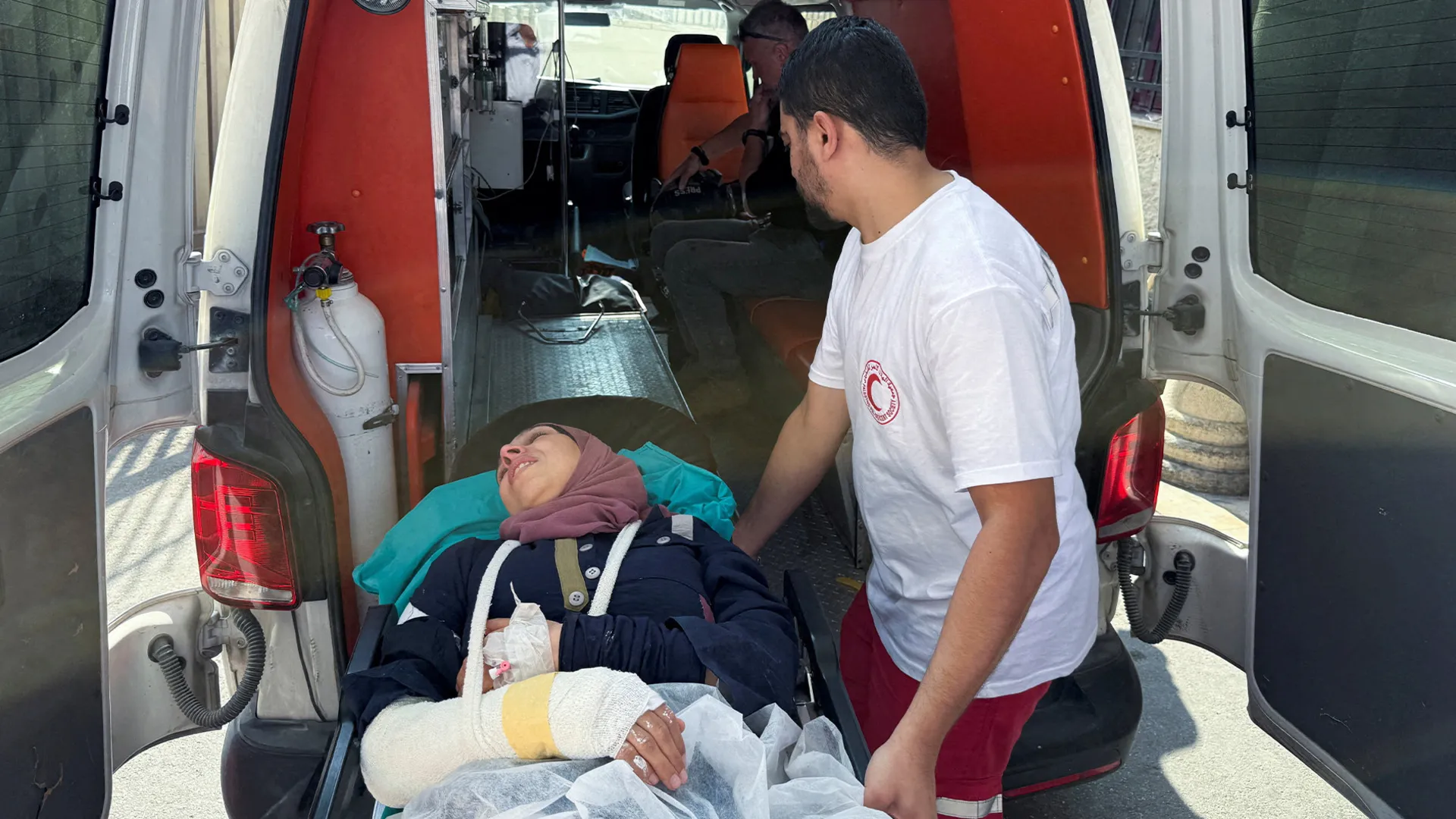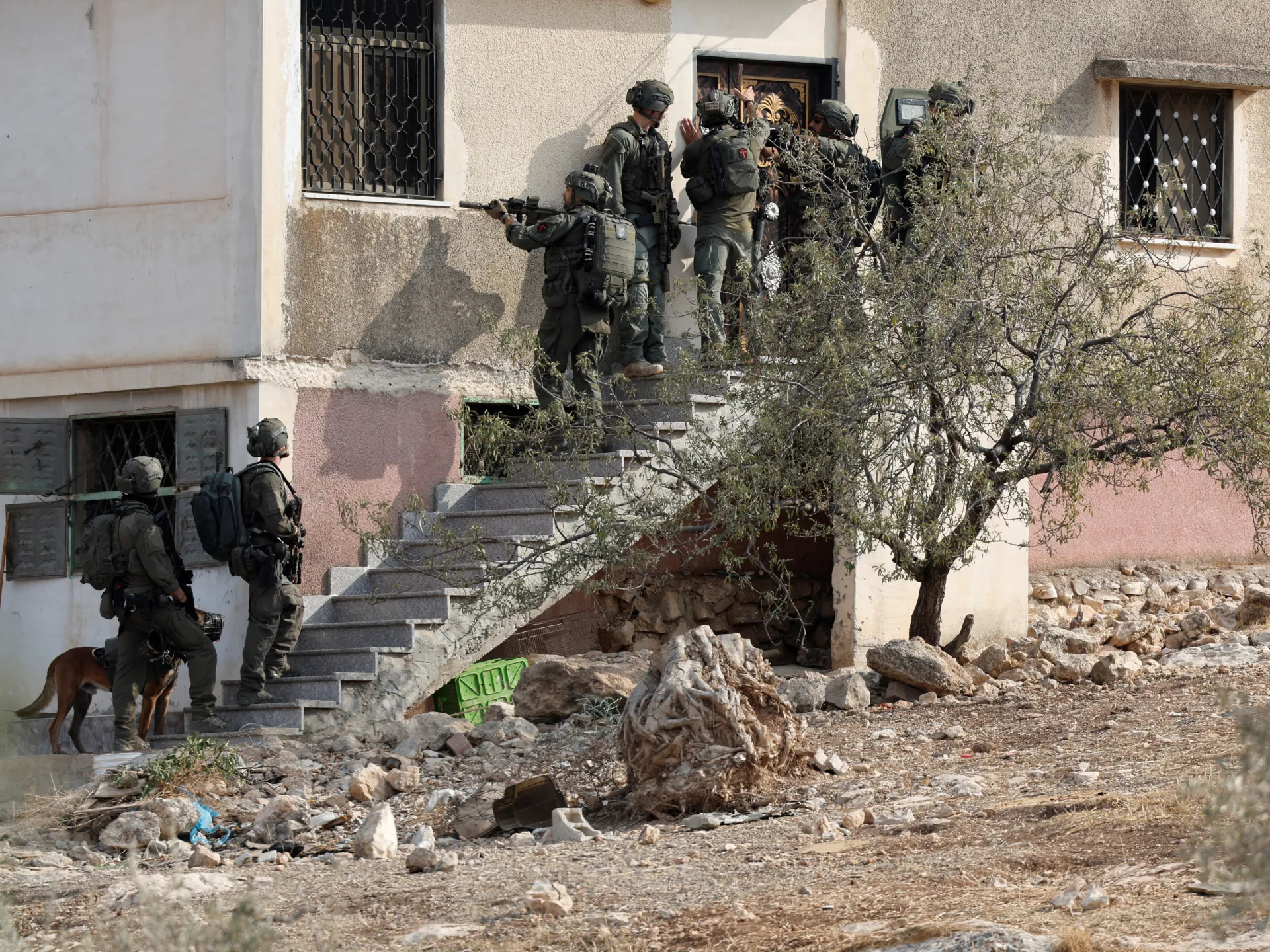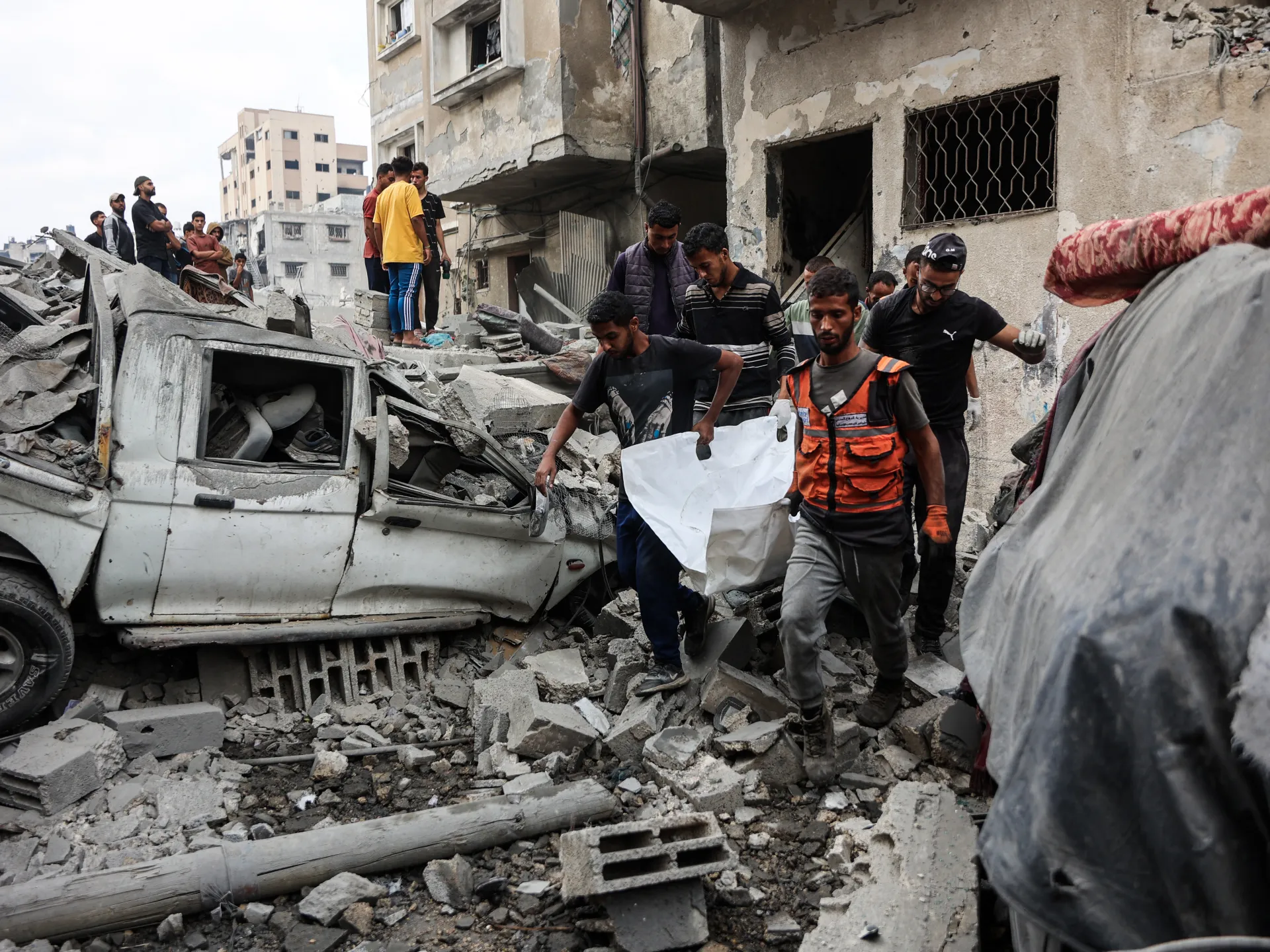Gaza woman blinded in Israeli strike opens bakery to subsist and hope | Gaza News
Despite her injury, Warda Abu Jarad has started baking cookies and bread to help provide for her family.
Published On 13 Nov 2025
A woman in Gaza blinded in an Israeli air strike has opened a bakery to make ends meet and keep her hopes for the future alive, she tells Al Jazeera.
Warda Abu Jarad, 51, is one of 170,698 Palestinians who have been wounded in Gaza since Israel began its genocidal war on the territory in October 2023.
Recommended Stories
list of 3 itemsend of list
Abu Jarad explained that she lost her sight when her house was bombed by the Israeli military, causing debris to fall into her eyes.
“The smoke from the bombing blinded me completely,” she said.
Speaking from a tent in Deir el-Balah in central Gaza, the mother told Al Jazeera that she was still adjusting to being blind and needs someone to guide her whenever she wants to move from one place to another.
“Even when I want to move inside the tent, I wait for someone to help me cross,” she said. “I tried to enter the tent once, hit my head and fell, … so now I feel the ground with my feet to know what’s in front of me.”
Her daughter has been her biggest support, she said.

Her blindness has been hard for her to take. “The most precious thing in life is sight. Every time I struggle to reach something I need, I start crying,” Abu Jarad said.
Despite such challenges, Abu Jarad is, like other Palestinians in Gaza, trying to rebuild her life amid the ruins, ongoing Israeli bombardment, restricted aid and grief.
“I decided to open a business to provide for my family. I opened a bakery and started to grow it. I started baking ma’amoul [filled butter cookies] and bread,” she said one month into a fragile ceasefire between Israel and Hamas.
“I need to keep going because the situation here is so hard,” she added.
Since the ceasefire came into effect on October 10, there have been some small improvements in daily life in Gaza, but the United Nations and NGOs have warned that the amount of aid Israel is letting into Gaza remains wholly insufficient.
Israel claims it has adhered to the truce by permitting entry to 600 aid trucks each day while Hamas says the daily number is actually about 150.
On Wednesday, Israel said it had reopened the Zikim crossing to the northern Gaza Strip.
“The opening of direct crossings to the north is vital to ensure that sufficient aid reaches people as soon as possible,” the UN’s Office for the Coordination of Humanitarian Affairs said recently.
“All I want in life is to have my sight restored, and I want to see my daughter as a bride in her wedding dress. This is my greatest wish from God,” Abu Jarad said.











